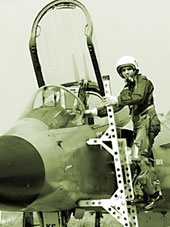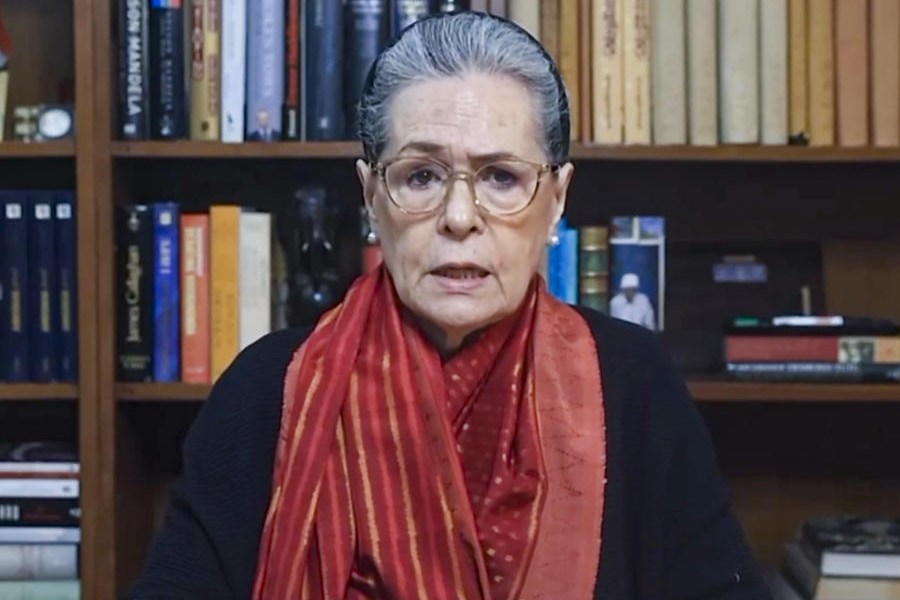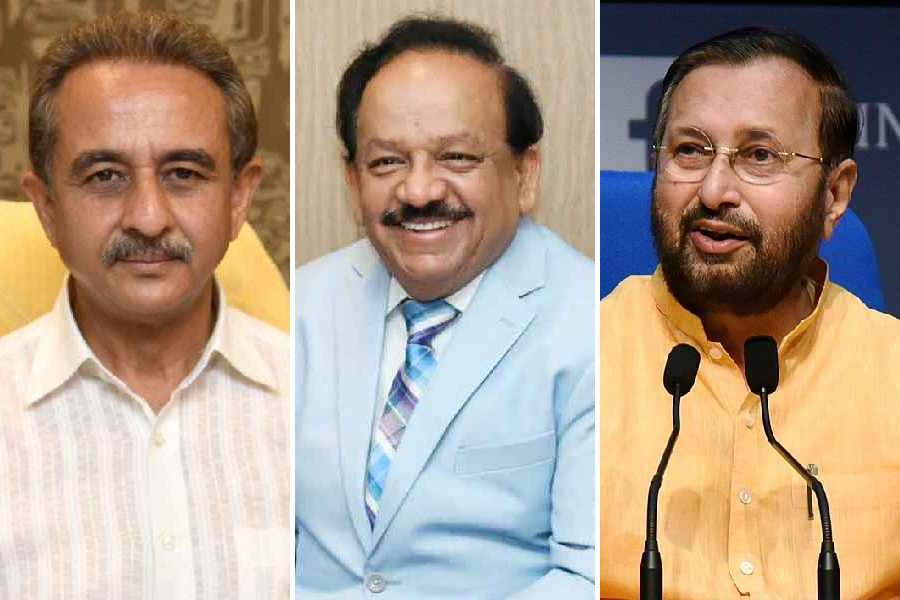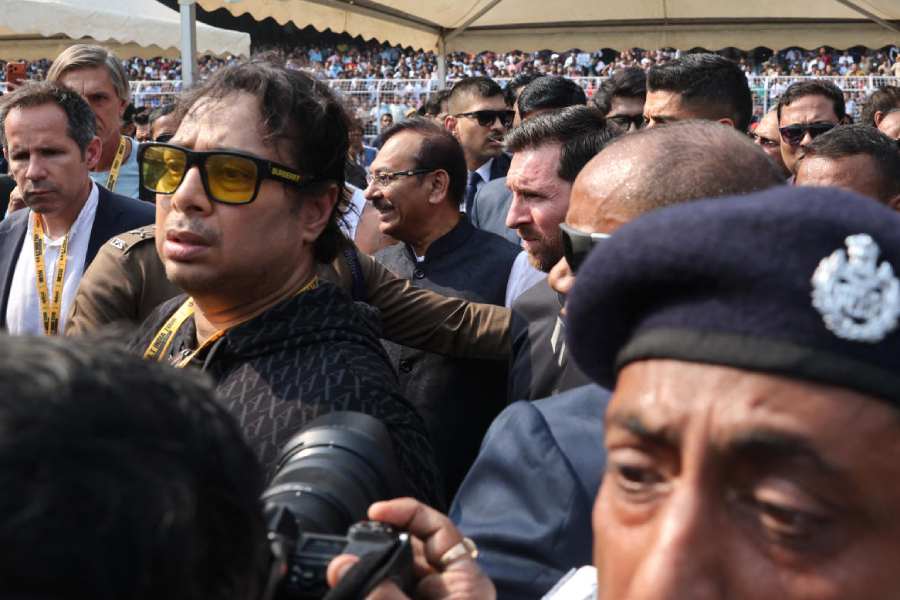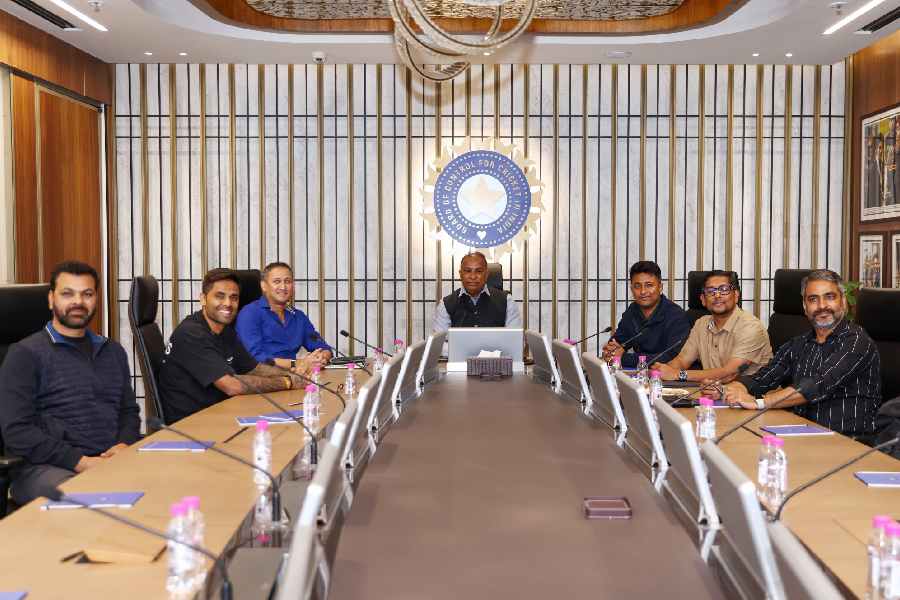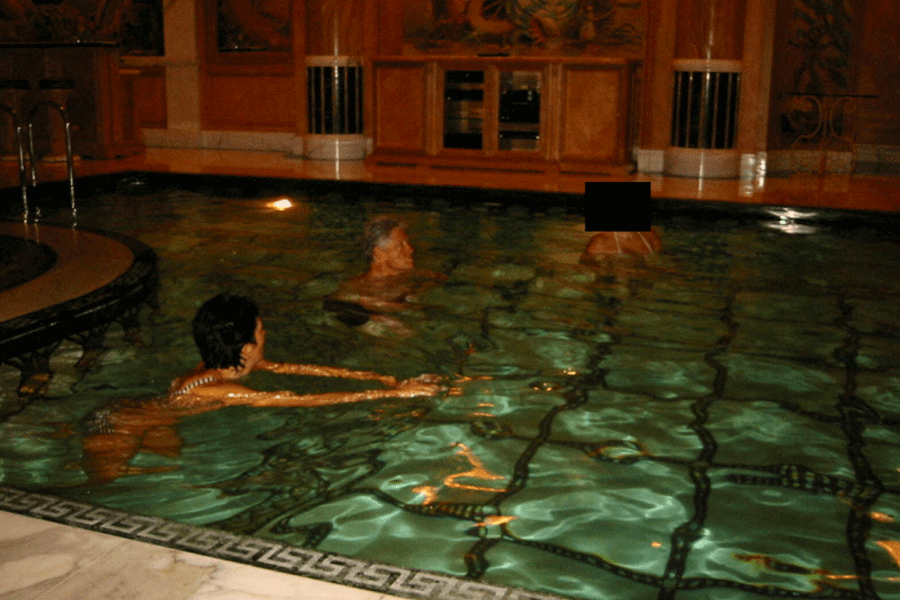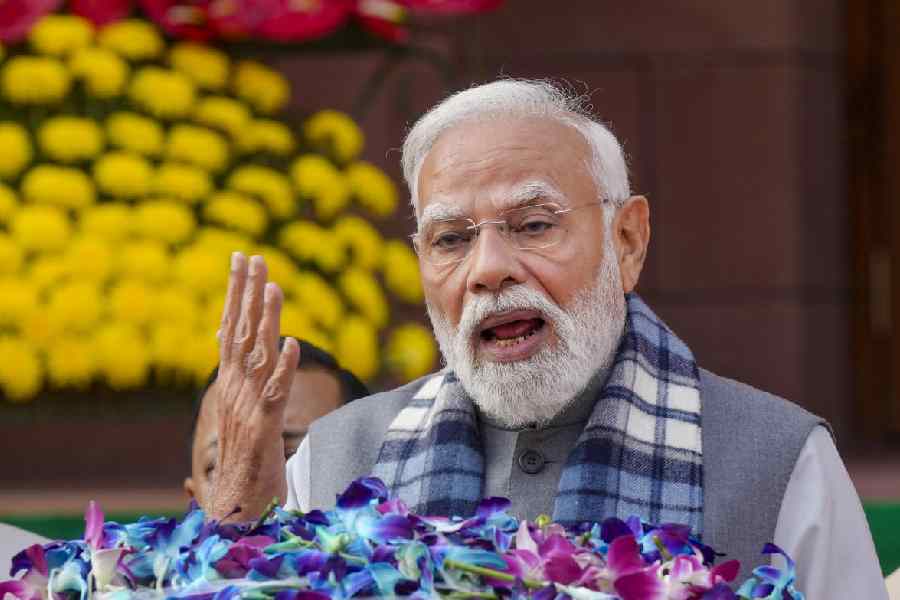|
|
THE INDIA-PAKISTAN AIR WAR OF 1965
By P.V.S. Jagan Mohan and Samir Chopra,
Manohar, Rs 895
In 1940, when the Nazi blitzkrieg unfolded across north-west Europe, Jawaharlal Nehru noted the importance of airpower in modern warfare. Just after independence, Nehru appointed P.M.S. Blackett, the Nobel laureate, as defence advisor. Under Blackett?s directive, the Indian air force emerged as India?s ground support weapon. The first war with Pakistan in 1947-48, witnessed aerial duels. But it is the 1965 India-Pakistan air war that this monograph analyses.
Quantitatively, the IAF was stronger than the PAF, but qualitatively the latter was better. The core PAF consisted of F-86 Sabre jets and Lockheed F-104 Starfighters with Mach 2 capability and sidewinder air-to-air missiles. These aircraft had made their reputation over the skies of Korea. And Pakistan had received these as a reward for joining the Seato and Cento.
The Gnats, manufactured by Britain, had been rejected by Nato but accepted by India, partly due to the charms of Louis Mountbatten. They were considered the underdogs but performed quite well. Some Gnat pilots displayed a lot of bravery by taking on the Sabres. However, the overall performance of the IAF seems to justify the words of Babur ? ?the Indians know how to die but not how to fight.? The justification of this statement is evident from the figures ? the PAF?s total loss was half that of the IAF.
The authors accept that the pre-emptive strike by the PAF on Indian airfields caught the IAF napping. Out of the 75 aircraft lost by India, 37 were destroyed on the ground. The IAF?s attempts to strafe the Pakistani airfields were not that efficient. When the Indian aerial raiders reached Sargodha, the principal Pakistani airfield, Pakistan?s air defence was ready to give them a hot reception.
Both the PAF and the IAF were tactical air forces and aimed to aid the ground forces in 1965. Neither air force had long-range strategic bombers. Both were equipped with fighter-bombers and interceptors. But the PAF responded more quickly and efficiently to the demands of the Pakistan army compared to the IAF, whose performance was inferior both in terms of close air support to the friendly ground forces as well as in the sphere of counter-air operations. Also, the IAF top brass had no conception of the type of air warfare they were fighting. They compared the puny India-Pakistan war with World War II and believed that the war might continue for years. In reality, the war lasted for less than a month.
Politicians are a despised lot. Nevertheless, they often take courageous decisions. The MiG-21 squadrons fought badly and the IAF bosses deduced that the MiGs were good-for-nothing. Before 1962, it was Krishna Menon who had pushed the MiG deal. The IAF chiefs channelled their personal animosity against Menon onto the MiGs, refusing to accept that the planes had failed due to the inefficient handling by the Indian pilots.
Most of the books written by retired military officials and civilian analysts deal with India-Pakistan ground war. The volume under review is the only one of its kind and opens up a new dimension in military history-writing. Most of the official files are yet to be released by the IAF. In order to counter this deficiency, Jagan Mohan and Chopra depend on interviews of numerous IAF officials, starting from the air marshal to group captains. The authors accept that they have written from the Indian point of view. But sympathy for one?s countrymen should not obscure the fact that the Indians fought badly and didn?t learn their lesson from the 1965 war.

